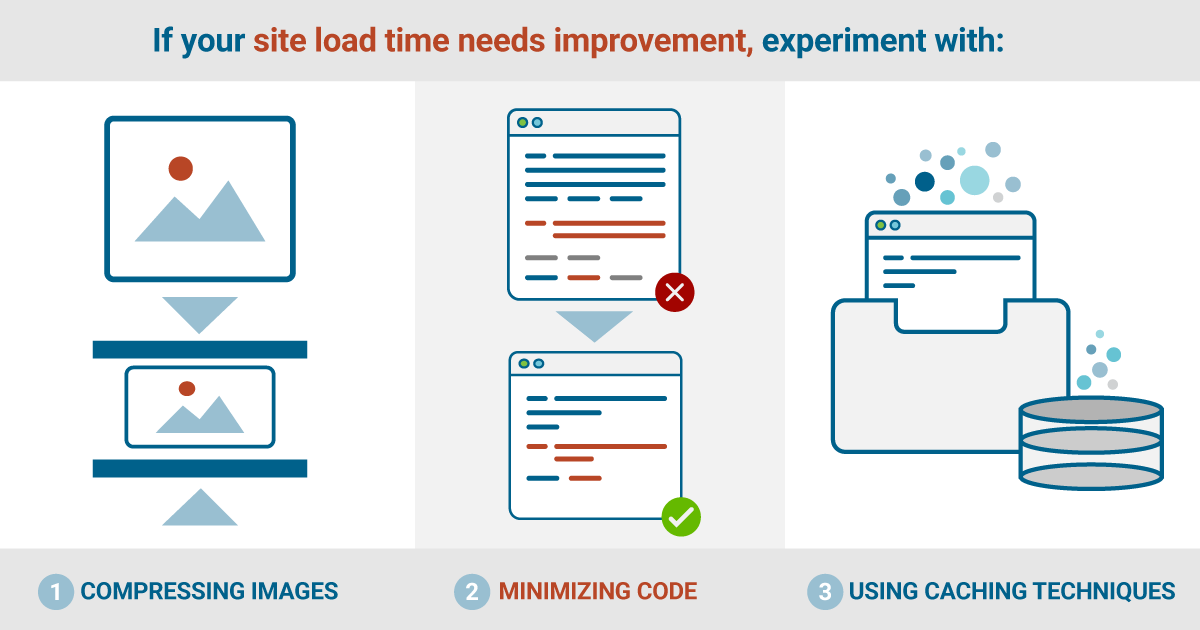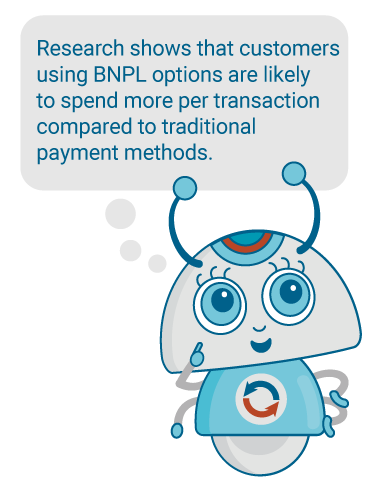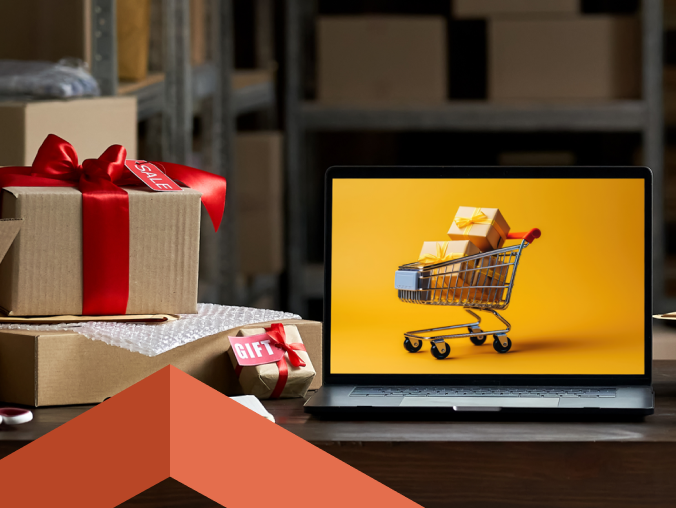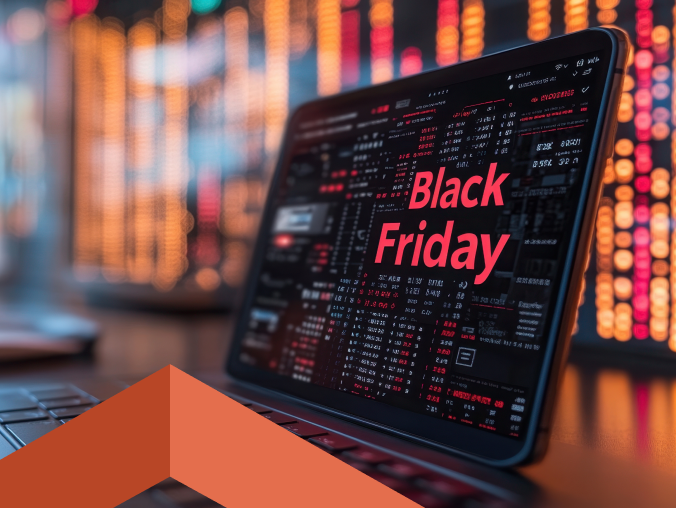Prepare Your E-commerce Platform for Black Friday and Cyber Monday
 Igor Krasnykh
·
6 minute read
Igor Krasnykh
·
6 minute read

It's never too early to compile a checklist to prepare for Black Friday and Cyber Monday. The sooner a merchant maps out a game plan for these monumental shopping holidays, the better.
Black Friday and Cyber Monday can be a blessing or a curse for merchants. On the one hand, earning potential soars. However, unforeseen tech nightmares can sabotage a store's profits and reputation.
Summer months are the perfect time to lock in on a Black Friday and Cyber Monday strategy. By this time, merchants have had enough time to decompress from last year's events. Still, there's plenty of time to line up cutting-edge logistics for the next heavy sales period.
Consider the following ideas to develop an effective checklist for upcoming shopping holidays.
If you've never worked with a tech eCommerce agency in the past (or if you are unhappy with the performance of your current agency), TechNWeb can help you on this journey. Contact us or schedule a risk-free consultation today.
1. Optimize website speed
Nobody appreciates a slow-loading website. Optimizing eCommerce site speed is one of the most important ways merchants can prepare for Black Friday and Cyber Monday. It's also a big part of providing a top-notch customer experience.
Data shows slow site speeds are directly tied to bounce rates and abandoned carts. Imagine the frustration that brews in a shopper before bouncing away from a slow website. Is that the feeling you want people to associate with your brand
To assess your current site load time, check out online speed testing tools. If your website takes more than a few seconds to load, you're not prepared to take on a large shopping event.

Evaluate which elements could be bogging down your website, and find ways to condense them without sacrificing quality. If you need assistance, consider the Magento 2 Speed Optimization service offered by TechNWeb.
2. Optimize your checkout experience
When it comes to the final steps of the purchasing process, it's important to make it as easy and seamless as possible for your customers.
- Offer a one-click buying option, eliminating customers needing to input their billing and shipping information repeatedly.
- Adjusting your shipping options to include faster delivery or free shipping can incentivize customers to complete their purchases.
- Experimenting with the language used throughout the checkout process can also make a difference, as clear and concise wording can reduce confusion and frustration.
- It's crucial to simplify the customer checkout experience across all sales channels, whether it be desktop, mobile, or in-store. By streamlining the process and removing any unnecessary steps, customers are more likely to make it to the end and successfully complete their purchase.
For additional insight, see our in-depth blog post about optimizing your online shopping cart.
3. Make responsive design non-negotiable
In today's digital age, customers expect to be able to access your website on any device they choose. Whether they're browsing on their desktop, laptop, tablet, or smartphone, it's crucial that your site is easily accessible and user-friendly. But what about other emerging technologies like smartwatches and voice assistants?
By adopting a headless infrastructure, merchants can ensure that their website is compatible with any device or platform, including smartwatches and voice assistants like Google Assistant, Alexa, and Siri. This innovative approach to eCommerce frees the front end of a website from the constraints of traditional templates, allowing merchants to deliver content, products, and payment gateways to any device, maximizing customer reach.
With a headless infrastructure, you can offer a seamless and personalized experience to your customers no matter where they are or what device they're using. This not only helps build customer loyalty, but it can also lead to increased sales and revenue for your business. So why limit yourself to traditional templates when you can embrace the future of eCommerce with a headless infrastructure?
4. Examine your site's navigation and search functionality
Never underestimate the importance of well-thought-out site navigation. Improve your navigation by:
- Categorizing products logically
- Reducing the number of clicks it takes to find items
- Implementing clear and intuitive menus
- Offering robust filtering options
In addition, make sure your site's search functionality is up to par so customers can quickly and seamlessly find what they're looking for. Even it it means hiring a developer, optimize search algorithms that enable customers to find certain products easier. You may also consider incorporating auto-suggestions to help save customers time and guesswork. Take advantage of our complimentary UX audit session.
5. Leverage artificial intelligence (AI)
AI is advancing by leaps and bounds. Every day, there are headlines detailing a new way AI is impacting lives.
The same is true for AI in the realm of eCommerce. If you're just dipping your toes into AI, one of the best places to start is by implementing AI-driven chat support. These solutions offer real-time assistance to shoppers via live chat to address questions, concerns, and technical issues. Prompt and helpful support builds trust and enhances your customer experience.
Take advantage of a 30-min complimentary discussion on how you can start to leverage AI for your business.
6. Prepare your infrastructure
It's important to have a clear vision of your business goals and expectations when starting an eCommerce venture. Merchants should see the potential in their offerings and aim high. However, it's also crucial to prepare for scalability and ensure that your eCommerce store can handle an influx of sales. This means investing in a platform that is capable of meeting your needs and growing your business.
Reaching the limits of your current platform can be a sign that it's time to consider re-platforming to an enterprise-grade solution. This may seem like a daunting task, but it's worth the effort to ensure that your eCommerce store is equipped to handle the demands of Black Friday and Cyber Monday. With the right platform in place, you can focus on growing your business and providing the best customer experience possible.
7. Offer a multitude of buying options
In today's fast-paced world, customers are looking for flexibility and convenience when it comes to their shopping experience. Offering packages, bundles, and subscriptions is a great way to provide just that. By bundling products together at a discounted price or offering a subscription service, you can incentivize customers to make a purchase and keep coming back for more.
Take advantage of the increased traffic during the Black Friday and Cyber Monday shopping events by promoting special deals or packages leading up to the big day. Encourage shoppers to opt into automatic recurring purchases, providing them with a hassle-free way to receive their favorite products on a regular basis.
You increase loyalty and provide a predictable revenue stream for your business through Magento subscription products. Customers who sign up for a subscription service are more likely to make repeat purchases and have a higher lifetime value, making it a valuable investment for any eCommerce store.
8. Offer flexible payment options
Apple Pay and Google Pay
Many modern shoppers are relying solely on mobile devices to complete purchases. Apple Pay and Google Pay have broad user bases, which increases the appeal of using them. eCommerce statistics from 2022 show that transactions made via ApplePay account for 5% of all card transactions in the world, and Google Pay accounted for 2.4%.
Buy now, pay later (BNPL)
In 2021 25% of all eCommerce payments in the country were made using BNPL services. BNPL options make purchases more accessible to a wider range of customers. Allowing shoppers to spread payments out over time helps attract price-sensitive shoppers who may otherwise defer purchases or abandon their carts. Also, research shows that customers using BNPL options are likely to spend more per transaction compared to traditional payment methods.

Here is the full list of the top 11 product categories that people tend to use BNPL with:
- Clothing - 63.5%
- Entertainment - 30.3%
- Reading material - 29.4%
- Household furnishing - 28.7%
- Groceries - 25%
- Food delivery services - 21.8%
- Cleaning supplies - 21.2%
- Automobile - 19.9%
- Consumer electronics - 17.5%
- Travel - 17.4%
- Pet supplies - 17.1%
Try before you buy
Offering a "try before you buy" option allows merchants to collect a portion of the payment upfront before shipping the item to the customer. From there, the customer is able to try the product before committing to the full purchase price.
The customer is only charged the remaining balance if they decide to keep the product. Otherwise, they have the option to send the product back. Like BNPL, offering this feature appeals to customers because it offers flexibility and convenience.
One-click purchase (Instant Purchase or Buy Now)
Saving a customer's payment details enables you to offer a one-click buying option the next time they visit your store. This allows for a more seamless experience, expedited checkout, and higher conversions - all promote customer loyalty.
9. Create automated email campaigns
Make it a point to be in constant communication with your customers leading up to the big day. Segment your email list based on customer preferences, purchase history, and engagement. Then, send targeted email campaigns to inform subscribers about your upcoming sales, promotions, and discounts.
One of the best ways to keep customer details organized and effective is by implementing an eCommerce CRM into your company's tech stack. CRMs empower businesses by simplifying tracking processes, which enables them to drill down on sales strategies.
10. Analyze data and act on it
Don't overlook data mining opportunities that stem from Black Friday and Cyber Monday. If your store is established, analyze last year's data to observe trends and forecast needs for this year. If this is your first holiday shopping season, be sure to measure everything - traffic, bounce rates, abandoned carts, and purchases. Use the data to help inform what's working well and what needs improvement.
One of the best ways to collect data is by actively pursuing feedback from your buyers. Follow up with a customer satisfaction survey.
What would a 25% boost to your eCommerce sales translate to for your business?
With over 12 years of experience, TechNWeb has earned the trust of 100+ customers across 19 countries around the world. They have helped businesses from $3MM to $2.4B in annual revenue to improve their eCommerce ecosystems, and CRM processes, automate bottlenecks, and scale profits.



